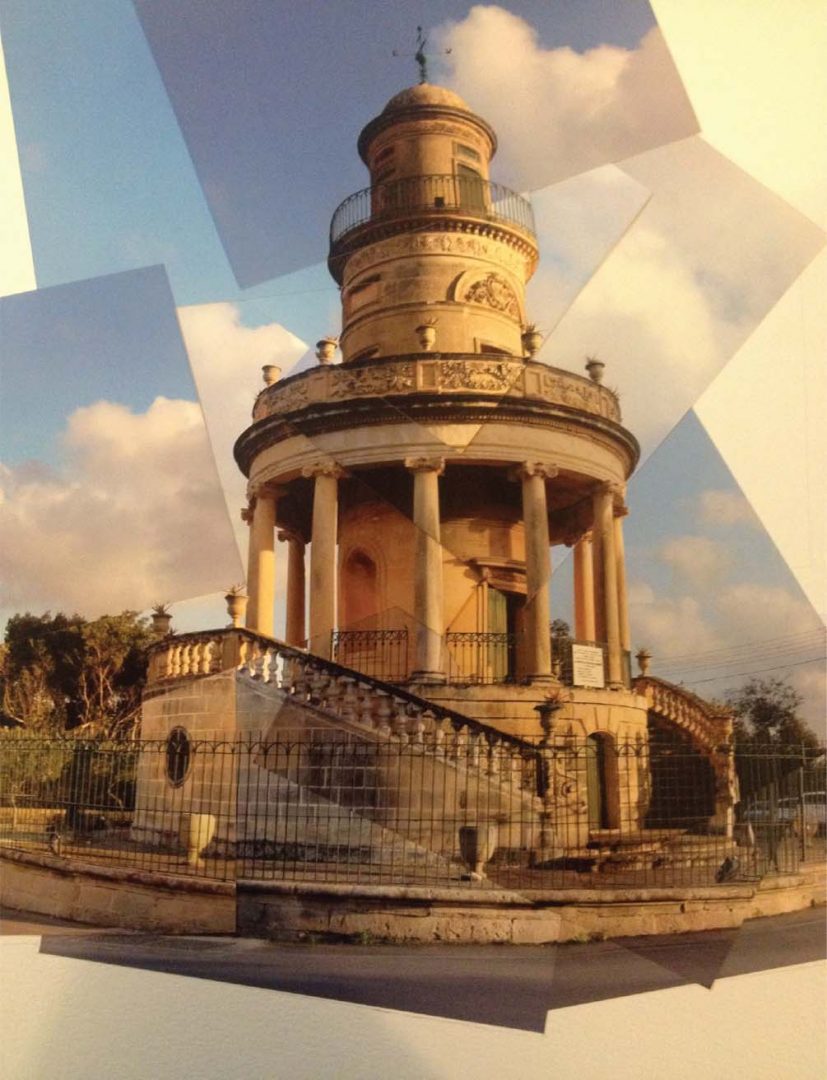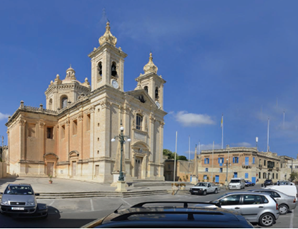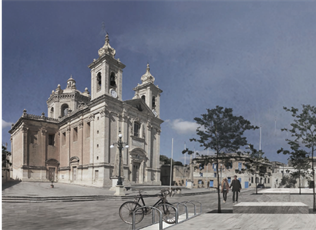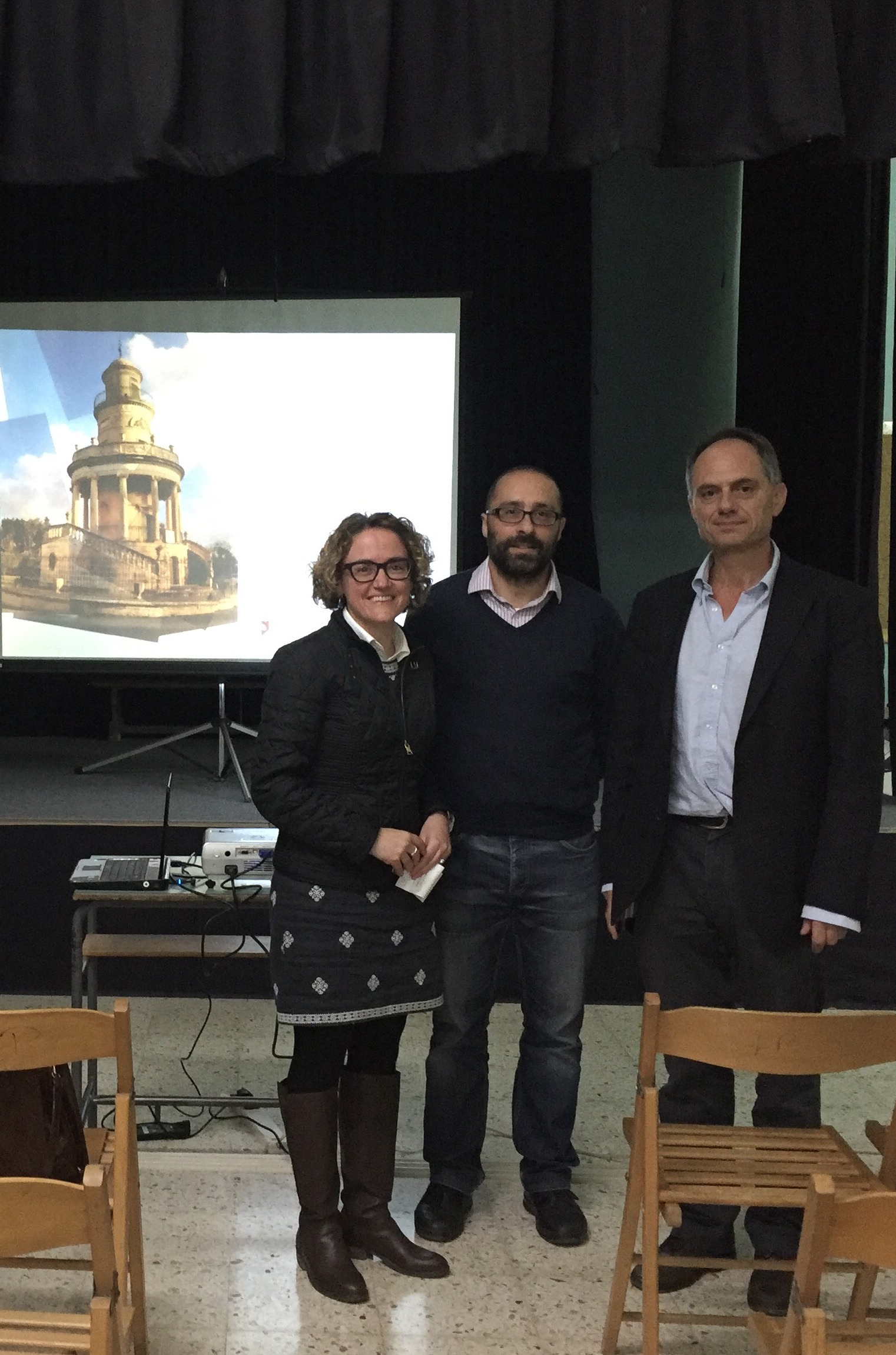
AP is taking part in the preliminary study on mobility and urban space in the village of Lija. The research project, coordinated by
The erosion of public urban space – spatially and in terms of air and noise pollution – due to the growth in car circulation is particularly worrying in Malta, where the motorization rate is one of the highest in Europe and where the majority of urbanised centres have an historical core that cannot cope with increasingly heavy car traffic. The old centre of Lija (
The study involved traffic surveys, direct observation, computer modelling, historical research and a review of planning policy, and developed a proposal that aims to discourage traffic and to make streets more comfortable and safe for pedestrian, cycle and social use, in order to improve the general
The strategy presented by the AP team can be summarized by the following points:
- limit traffic, re-routing to prevent rat running and providing off street parking to help rationalise
street parking; - prioritise the pedestrian, by controlling the traffic and improving
the streetscape ; - enhance and expand public space, promoting the use of the historic properties, creating opportunities for social and leisure activities thanks to the space that could be won back from the car and the regeneration of the historic pattern of
the town.


These situations are a challenge for many Maltese towns and the study has brought to light some of the more pressing concerns and issues with regard to traffic, place quality and liveability in Malta’s urban environments, as well as the administrative and legislative hurdles a Council would need to overcome in order to implement
